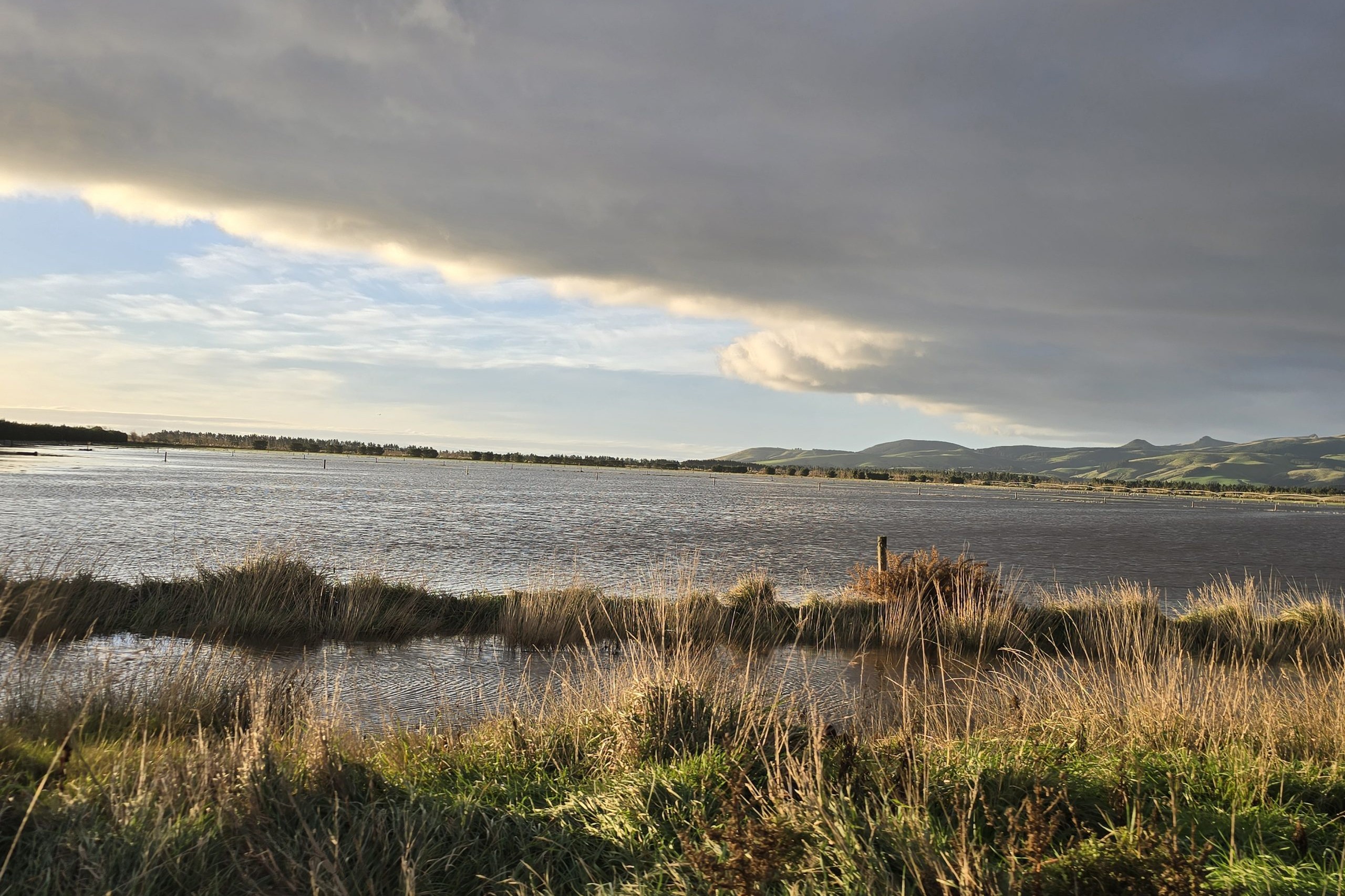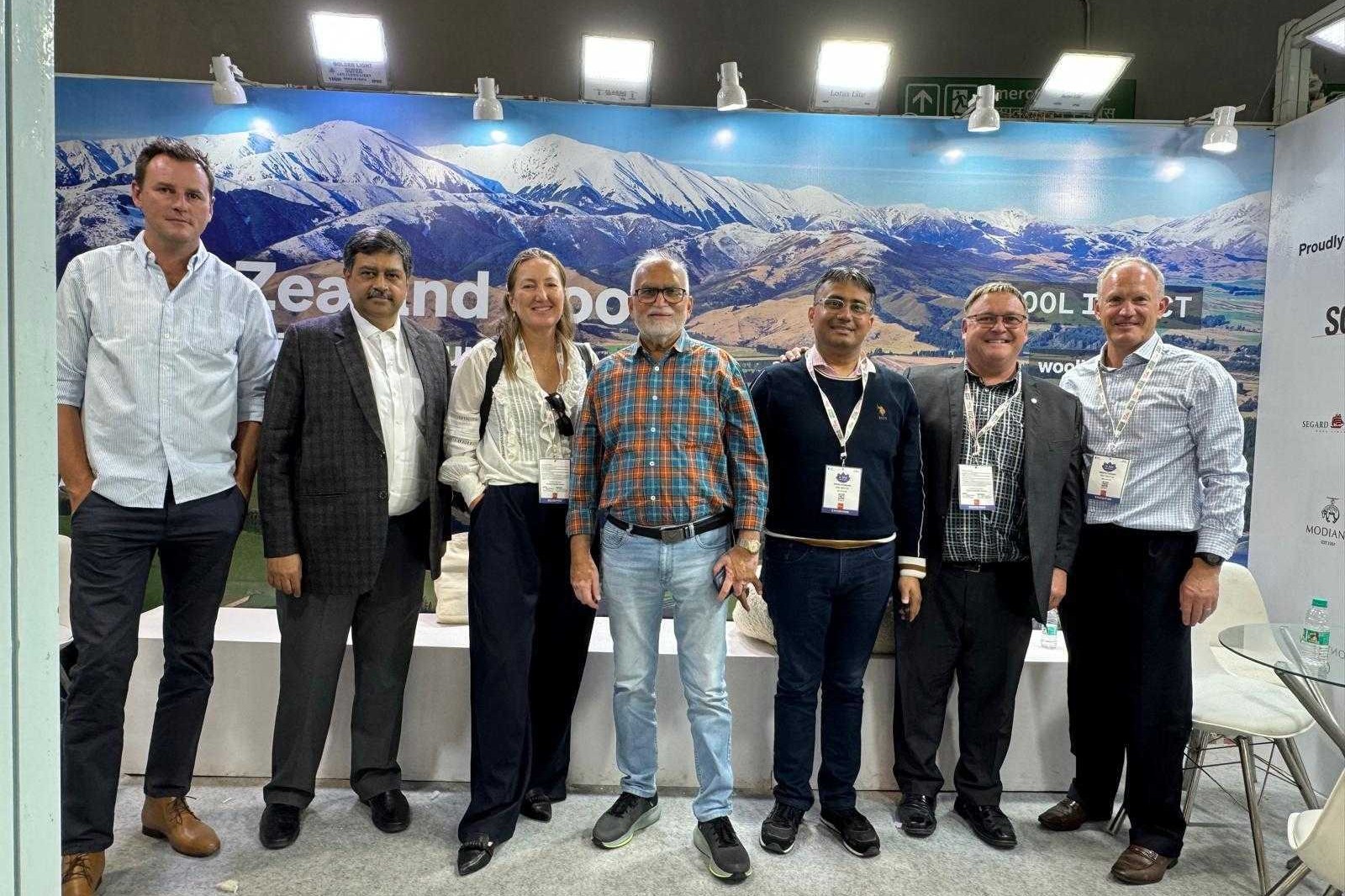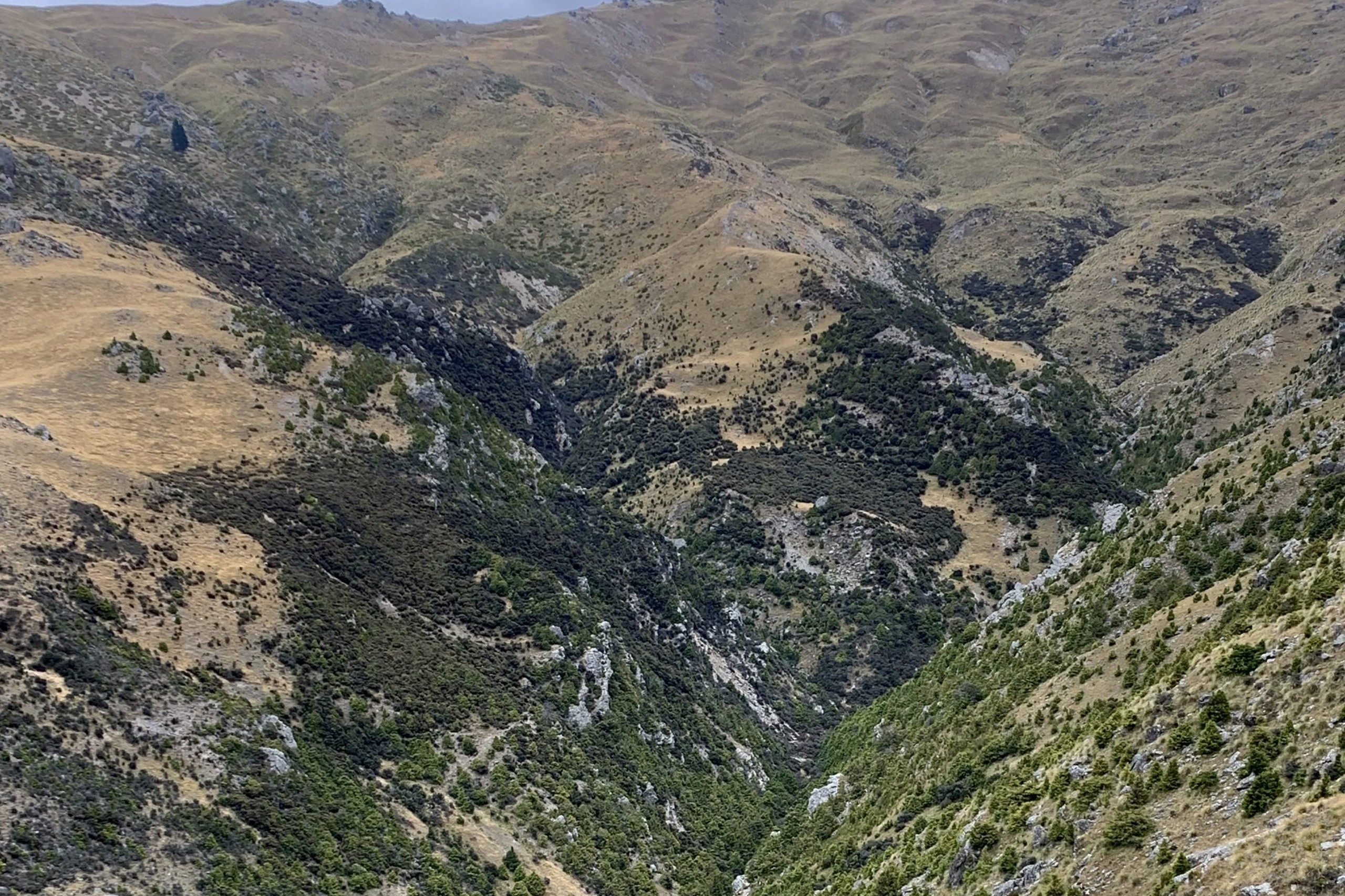By Robert Carter, Kirikau, Taumarunui
As I write this Suzanne and I are in a state of trepidation and anticipation as the arrival of our fourth grandchild is imminent.
Our daughter Hayley and husband Aaron have produced three lovely girls so far and so the next is about to arrive on the scene.
Grandchildren are your reward for not strangling one’s teenagers, our daughter was a boundary-pusher but eventually it seemed that I came right and she stayed as she always was, just lovely.
On the subject of the winter past, the wettest winter ever has just morphed into a dry period which happily ended yesterday with some very nice late afternoon heat showers.
Only problem was the lightning strike that smoked the modem, hence to send this in I’ve had to employ one of the lazy kereru (wood pigeon) to take it in to town and find a wifi hotspot.
Big ask for a kereru, but it must have worked as you are reading this now.
My part time job as a tourist guide on the Whanganui River with Forgotten World Jets was starting to get interesting with the river running as low as 35 cumecs, certain obstacles and shingle beds requiring even more focus from us.
It’s interesting having tourists as a captive audience in a boat for a few hours at a time, friendships can be forged and at least there is time to discuss some of the big issues such as the environment, particularly water quality.
The Whanganui River has just been accorded a special status, that of a living being and kaitiaki or guardians have been appointed, one of them is our own Dame Tariana Turia.
The river is also known as Te Awanui A Rua, (the big river of two), as at Taumarunui, at a place called Ngahuinga, the Whanganui is joined by the other major tributary, the Ongaruhe river.
In the dry months the water from the Ongaruhe is very important as without that volume, navigation by canoe or jet boat would be very difficult indeed.
The headwaters of the Whanganui rise on the northern slopes of Ruapehu, Ngauruhoe and Tongariro.
These waters flow north to Taumarunui and at Ngahuinga they mix with the waters from the Ongaruhe and turn southwest for the 250 km journey to the sea.
Whanganui headwaters are intercepted by the Tongariro power scheme, taking 22% of our original flow, on average.
So the subject of water quality is a focus for us.
In the run from Taumarunui to Ohinepane we pass through tracts of farmland where we can observe animals standing in and drinking from the river. To my mind, that is not ideal.
I do feel that in a short time it will be necessary to run at least a hot wire along the edge, above the flood line as tourists do see the cattle and they take plenty of photos too.
Sheep never seem to stand in the water as cattle do and if they can still graze to the edge the weeds can be kept in check.
Below Ohinepane the river becomes less-accessible to farmed animals and the main issue is the turbidity of the water from fine particles of soil in suspension after heavy rainfall.
Reducing this will take time and effort.
We have not been resting and wondering, already many local farmers have taken up the challenge and have made great progress towards the goal of improving water quality.
Our regional council has been encouraging the use of the sustainable land use initiative (SLUI) whereby farmers are encouraged to develop whole farm plans.
These plans seek to retain the growing media (soil) on the hills as well as establishing an economic yield gap from current use and output compared to future use and output.
The assumption is that the land will be better managed by a focus on the better parts of each farm and an appropriate treatment of the less productive areas. So a way forward has already been set for the Whanganui. We have a fantastic example of how people can work together to protect the taonga (treasure) that is our river.




